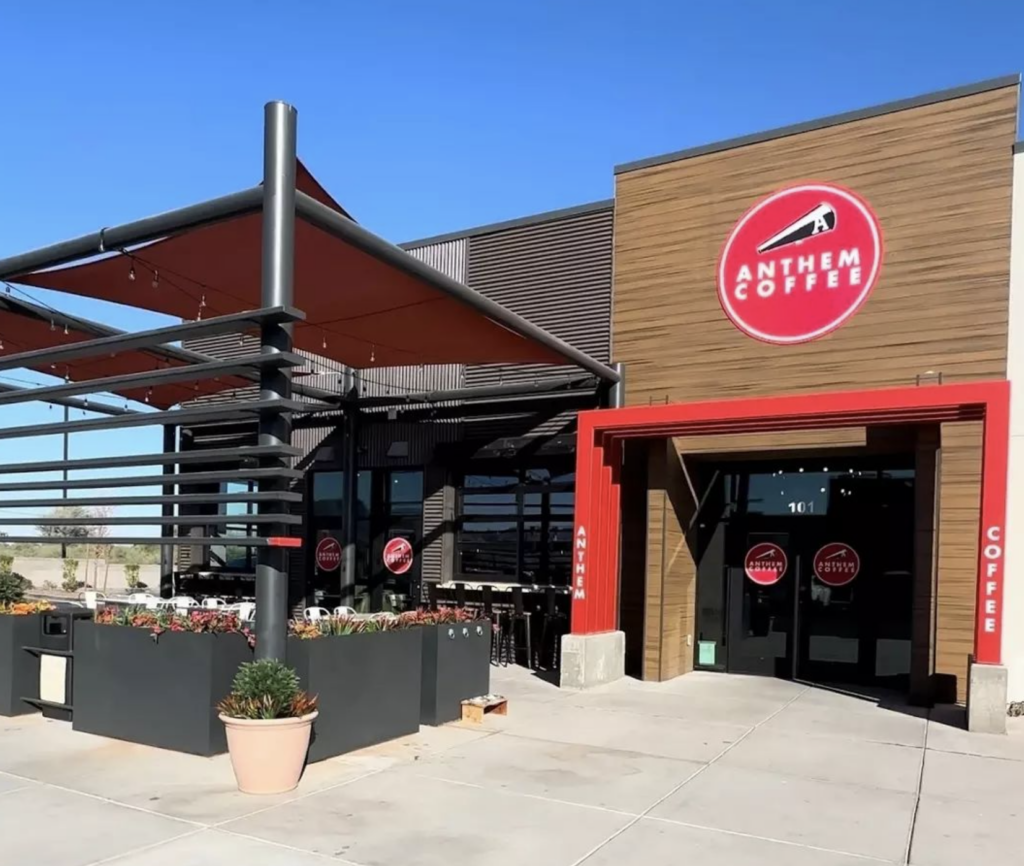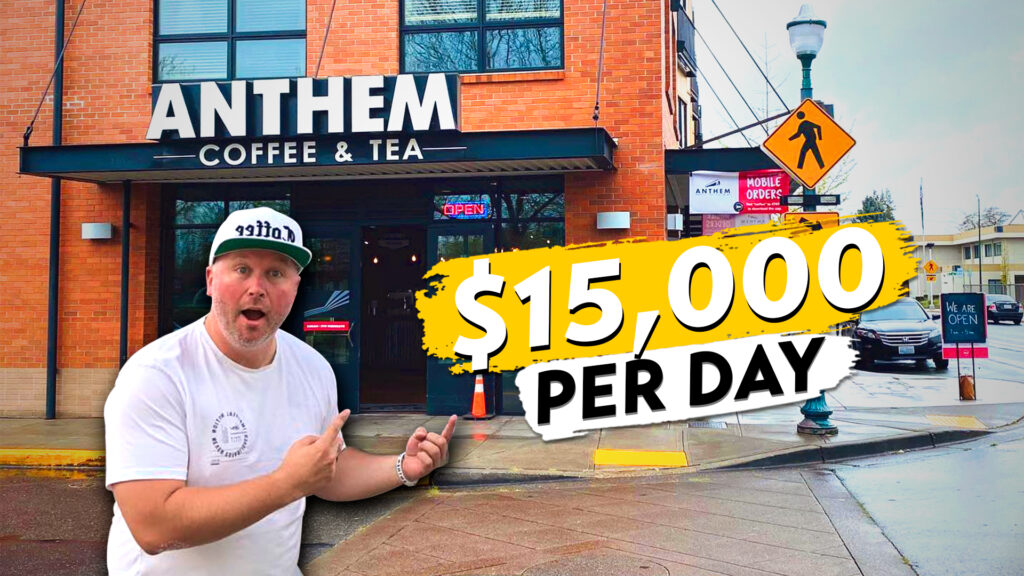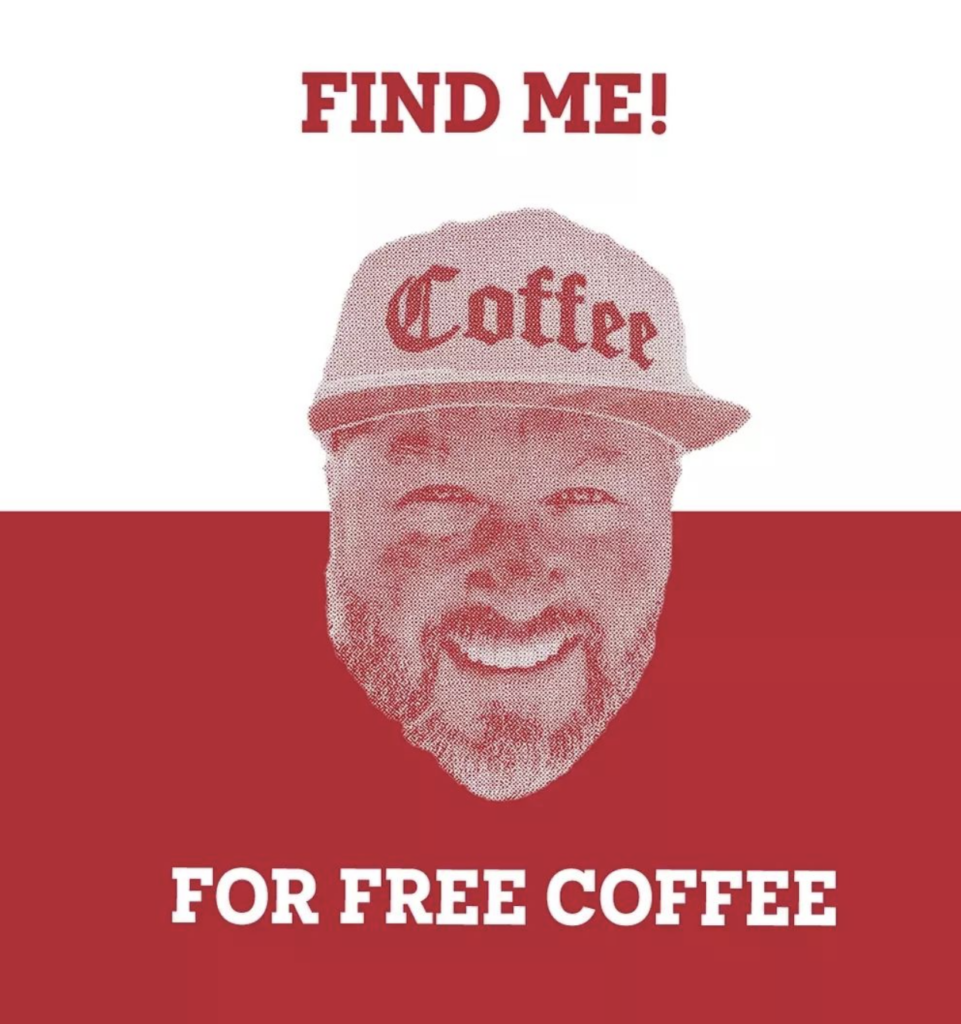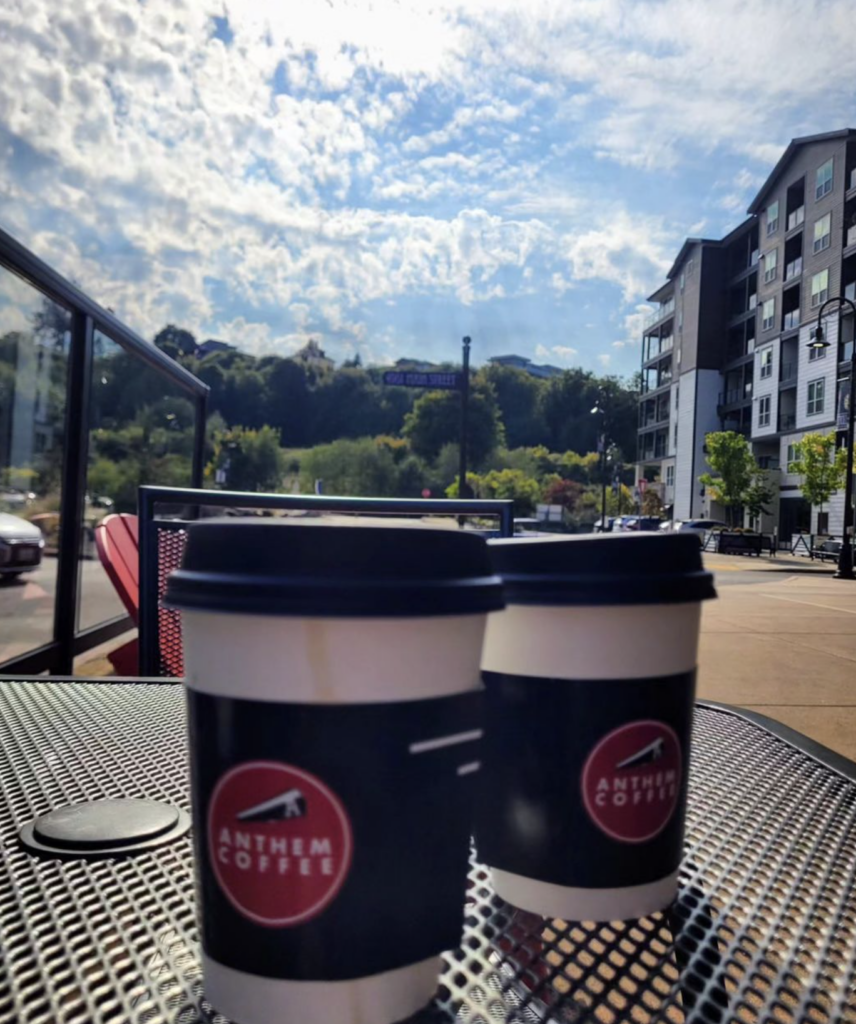Running a coffee shop comes with many challenges, but understanding when your business will start making a profit shouldn’t be one of them. This Coffee Shop Break-Even Calculator is a powerful tool that helps you calculate exactly how many customers you’ll need to cover your costs and how many months it will take to reach profitability based on your unique inputs.
Coffee Shop Break Even Calculator
Business Loan Details
Monthly Costs
Revenue Details
Break Even Analysis Results
Break-Even Customer Volume
Daily Customers Required: 0
Monthly Customers Required: 0
Break-Even Revenue
Daily Revenue Required: $0.00
Monthly Revenue Required: $0.00
Loan Analysis
Monthly Loan Payment: $0.00
Total Loan Cost: $0.00
Monthly Profit: $0.00
Time to Break Even
Months to Break Even: 0
Years to Break Even: 0
Total Monthly Costs: $0.00
How to use this calculator
1. Business Loan Details
Start by entering your loan information:
Loan Amount: The total amount you’re borrowing.
Interest Rate: The annual interest rate from your lender.
Loan Term: Number of years to repay the loan.
The calculator automatically shows your estimated monthly loan payment using the standard amortization formula:
Monthly Payment = P * (r * (1 + r)^n) / ((1 + r)^n – 1)
Where:
P = Principal loan amount
r = Monthly interest rate (annual rate ÷ 12)
n = Total number of months (years × 12)
2. Monthly Costs
Enter all your fixed monthly expenses. A few examples include labor, insurance, and cost of goods sold. Utilities: Utilities typically cost around $1,000 per month. (Revolution Ordering)

Track your overhead.
3. Revenue Details: Input your revenue projections.
Daily Customer Volume: On average, coffee shops serve around 250 customers per day. (Majesty Coffee): Expected number of customers per day.
Add any additional revenue streams (catering, retail sales, etc.)
4. Tax Rate
Enter your expected tax rate as a percentage. For reference, taxes are estimated at 35% of your operating profit, though this can vary based on your specific business circumstances. (Crimson Cup)
Resources
The estimates for this break-even calculator is only as good as the data you put in. To make this tool as accurate as possible I consulted with Bryan Reynolds, the owner of Anthem Coffee whose been in the business over a decade and has grown to 8 locations.
I also conducted research so the default calculations were in the ball-park. I’ve cited these resources below, but it’s always best to use your own cost and revenue inputs when possible. Every market and location is different!

Bryan Reynolds has been super generous sharing his insights.
Resources Used to Set Calculator Defaults:
$3,000 – $10,000 Average Monthly Rent: Coffee shop rent costs can vary significantly depending on the location and size of your shop. (Toast)
250 Customers per Day: An average coffee shop may see about 250 customers daily, depending on traffic and location. (Majesty Coffee)
$7.81 Average Spend per Customer: Typical customer spending at a coffee shop. (Tanic Design)
$1,000 Average Utilities per Month: Utilities are a notable expense, and monthly costs can vary. (Revolution Ordering)
35% Taxes on Operating Profit: Taxes are estimated at 35% of your operating profit, though this can vary based on your specific business circumstances. (Crimson Cup)
Insurance Estimates: Coffee shop insurance costs will depend on general liability, property insurance, and worker’s compensation. (Taxfyle)
Key factors for getting to even
Bryan Reynolds offers some hard-won perspectives on break-even calculations that come from growing an 8 location coffee brand. Bryan is the first to admit, all his locations haven’t worked out. Below are some of his key insights on labor, loans, rent, and other things to think about when making projections.
Labor Costs
Labor costs can easily sway a coffee shop’s financial stability. Bryan stresses, “Labor typically represents 30-35% of a coffee shop’s expenses, and even small changes can create significant ripples in the business.”
For instance, increasing monthly labor costs from $8,000 to $10,000 might seem minor, but Bryan points out, “That jump could add the need for 50 to 75 more customers each day just to stay afloat.” The implications of labor decisions are huge, particularly with variables like minimum wage, training costs, and peak vs. off-peak staffing. As Bryan puts it, “Efficient staffing isn’t just about keeping wages in check it’s about making sure you have enough people to keep customers happy during a rush.”

Who says there’s no such thing as a free coffee?
Loan Amount and Terms
Loan terms directly influence monthly financial burdens. Bryan makes a critical point: “A $100,000 loan versus a $200,000 loan may not sound worlds apart, but the reality is that your monthly obligations can nearly double.” He explains that a $200,000 loan at 5.5% over five years equates to roughly $3,800 per month, compared to $1,900 for a $100,000 loan.
“It’s crucial to understand how the loan size and repayment term play into your overall break-even point,” Bryan says. He also advises that longer repayment terms might provide lower monthly payments but ultimately cost more in interest. “Be thoughtful about striking a balance between affordability today and the total financial burden over time,” he adds.
Location and Rent
Location decisions require a nuanced understanding of rent versus foot traffic potential. “A prime spot that commands $5,000 a month in rent might be more affordable in the long run if it brings consistent, high customer volume,” Bryan shares. In contrast, he warns about falling into the ‘cheap rent trap’ of a lower-traffic location costing only $3,000 but struggling to attract customers. He emphasizes, “The rent cost should be weighed carefully against the location’s ability to draw customers.”
Being Realistic About Numbers
Bryan insists that realistic daily customer volume estimates are vital for creating sustainable break-even projections. He suggests, “Industry averages indicate slow days may see 100-150 customers, while average days fall around 200-250, and busy days during parades we might hit 300-400.” But he adds a crucial warning: “It’s always better to stay on the conservative side. Overestimating customer numbers is one of the quickest ways to go out of business.”

Plan for upside and downside in the coffee business.
Building a Buffer
Finally, Bryan strongly advises against aiming for just breaking even. “It’s not enough to scrape by,” he notes, advocating for a 20-25% buffer over break-even estimates. “Unexpected repairs, price hikes from suppliers, or slow seasonal traffic are just some of the hurdles that can set you back if you’re too close to the edge.” He encourages setting aside funds for emergency situations and equipment replacement to ensure stability in uncertain times. “Building that buffer is an act of survival,” Bryan says, “not just a nice-to-have.”
Related tools:
Independent Coffee Shop Revenue Projections Calculator: After determining your break-even point, it’s time to look at the bigger picture. This tool helps coffee shop owners project not just monthly, but also annual revenue, giving you insights into your net earnings after expenses and taxes.